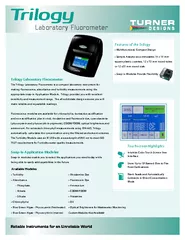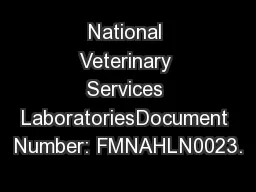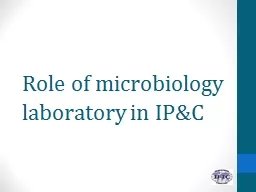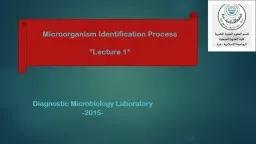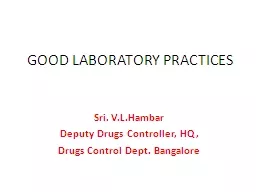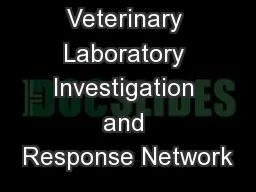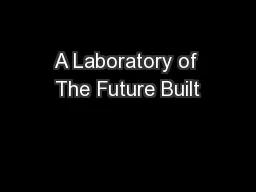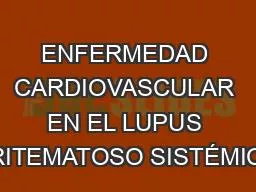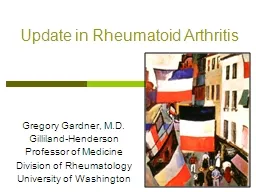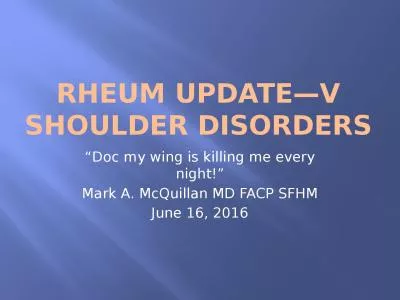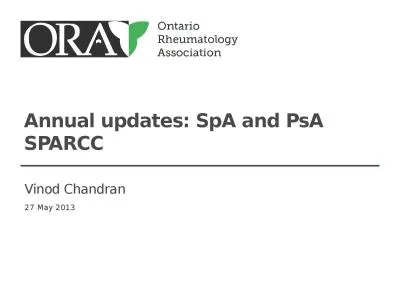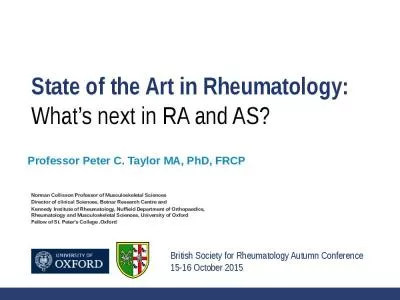PPT-RHEUM UPDATE 2016--II Laboratory Update
Author : pamella-moone | Published Date : 2020-04-02
Mark A McQuillan MD FACP SFHM June 15 2016 DISCLOSURES None Blake Roessler MD David A Fox Division Chief W Joseph McCune Ruba Kado MD Josef Holoshitz MD UMHS Rheumatology
Presentation Embed Code
Download Presentation
Download Presentation The PPT/PDF document " RHEUM UPDATE 2016--II Laboratory Update..." is the property of its rightful owner. Permission is granted to download and print the materials on this website for personal, non-commercial use only, and to display it on your personal computer provided you do not modify the materials and that you retain all copyright notices contained in the materials. By downloading content from our website, you accept the terms of this agreement.
RHEUM UPDATE 2016--II Laboratory Update : Transcript
Download Rules Of Document
" RHEUM UPDATE 2016--II Laboratory Update "The content belongs to its owner. You may download and print it for personal use, without modification, and keep all copyright notices. By downloading, you agree to these terms.
Related Documents


